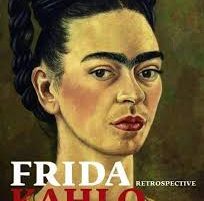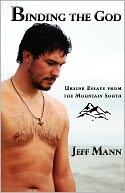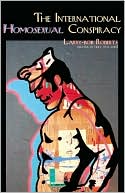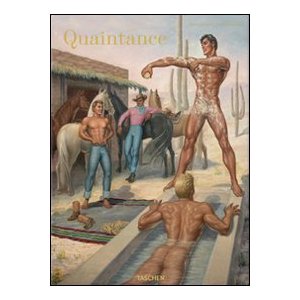
Moods Flowing on Canvas
PUBLISHED last year on the occasion of a major retrospective of Frida Kahlo’s work in the Martin- Gropius-Bau, Berlin, and Bank Austria Kunstforum, in Vienna, the Frida Kahlo Retrospective is accompanied by a coffee table-sized catalog. It is a stunningly beautiful book with glorious color and black-and-white illustrations.
More



